Solutions
Horse Construction offers full range of structural strengthening materials with technical supports, documentation supports, products supports, project supports.
Carbon Fibre Strengthening Structures
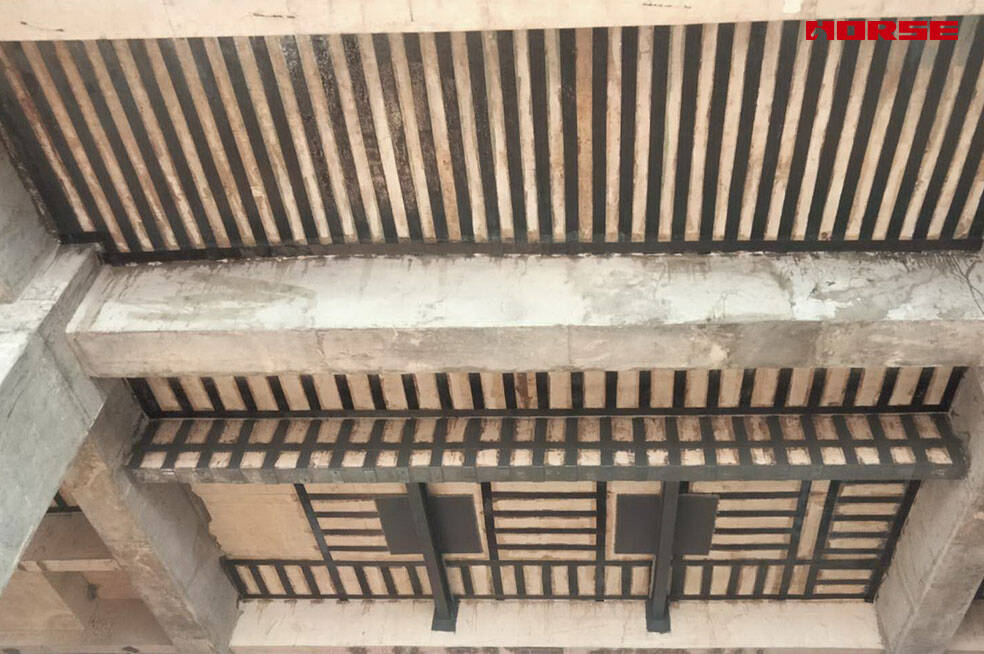
Carbon fiber reinforcement, a mainstream reinforcement technology in recent years, often makes some customers hesitant due to initial quotes. However, judging its cost-effectiveness requires more than just the immediate investment; it also requires a comprehensive assessment of the long-term benefits. This article comprehensively analyzes the cost-effectiveness of carbon fiber reinforcement from three perspectives: short-term investment structure, long-term returns, and scenario-based selection recommendations, to help you make a more informed decision.
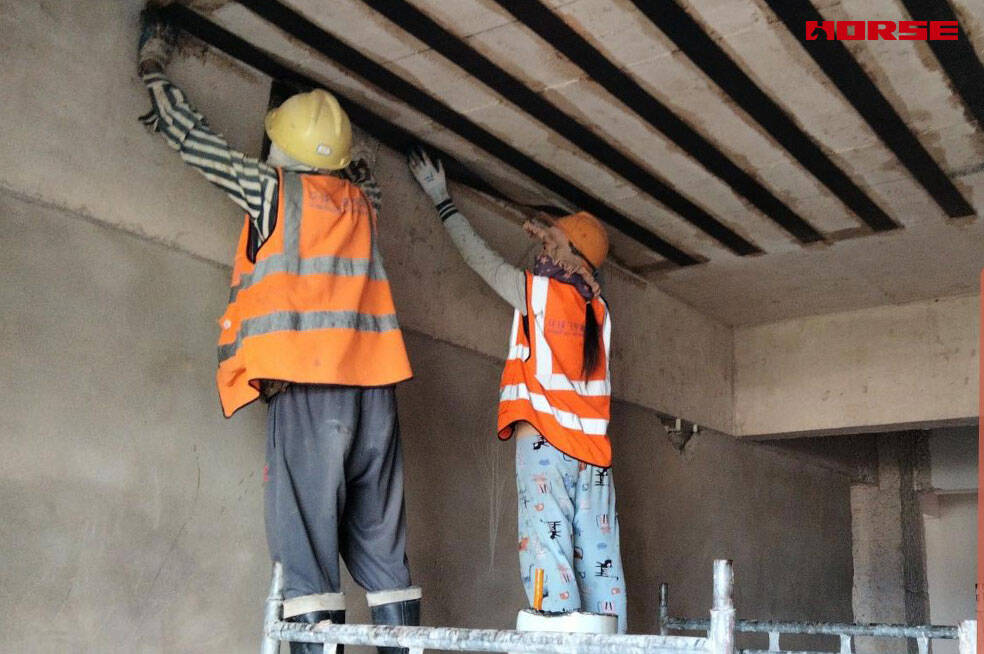
1. Short-term Investment: Initial costs are slightly higher, but "hidden costs" are lower.
The short-term investment in carbon fiber reinforcement consists primarily of three components: material cost, construction cost, and time cost. While the unit price of materials alone is indeed higher than traditional methods, the gap is significantly narrowed when hidden costs are factored in.
Material Cost: Slightly Higher Unit Price, But Less Required
Core materials like carbon fiber cloth and accompanying epoxy resin are more expensive than ordinary steel and cement mortar. For example, the market price of a commonly used 300g carbon fiber cloth is approximately 1.2-1.5 times that of traditional steel reinforcement plates.
However, carbon fiber is lightweight and high-strength (tensile strength is 7-10 times that of steel, while density is only 1/4 that of steel). Given the same reinforcement requirements, material usage is significantly lower than with traditional methods, partially offsetting the price difference.
Construction Cost: Streamlined processes and low labor and equipment costs.
No large lifting equipment or welding is required; only manual labor and small tools are required for construction. Labor costs are 30%-50% lower than bonded steel reinforcement or external steel reinforcement.
Construction requires no hot work, requires minimal drilling, and minimizes site damage. There's no need for additional costs like site cleanup and safety precautions.
Time Cost: Short construction period, negligible indirect losses
The construction period is only one-third to one-half that of traditional reinforcement methods. For example, reinforcing a 1,000 square meter floor slab requires only 7-10 days with carbon fiber reinforcement, while bonded steel reinforcement takes 20-30 days.
For commercial or production buildings such as shopping malls, hospitals, and manufacturing plants, the short construction period can significantly reduce indirect losses caused by production or business downtime. This "hidden benefit" often offsets the difference in initial material costs.
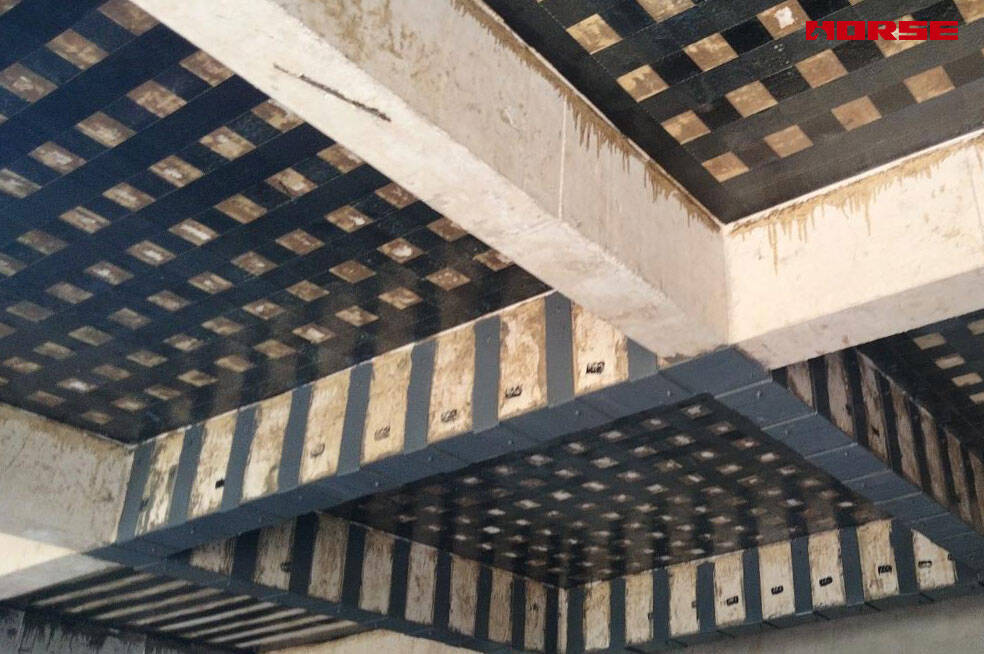
2. Long-Term Benefits: Achieving "Money Savings + Ease of Use" in Three Key Dimensions, Far Outweighing Short-Term Investments
The core value of carbon fiber reinforcement lies in its low maintenance, high safety, and strong durability over the long term. The benefits of these advantages will gradually become apparent over 5-10 years, far outweighing the initial investment.
Durability Benefits: One-time reinforcement eliminates major maintenance for 30-50 years.
Carbon fiber materials offer excellent corrosion resistance, aging resistance, and rust resistance, ensuring stable service in harsh environments such as humid, acidic, alkaline, and coastal environments, with a service life of 30-50 years.
Compared to traditional steel structure reinforcement, annual rust removal and painting maintenance are unnecessary (annual maintenance costs are approximately 5%-8% of the total reinforcement cost). Over a 30-year lifespan, this can save nearly twice the initial investment in maintenance costs.
Safety Benefits: Reduce Structural Risks and Avoid Significant Losses
Reinforcement significantly enhances the structure's tensile and shear resistance, effectively resisting risks from earthquakes, increased loads, and structural aging. It significantly reduces safety hazards such as wall cracking, floor subsidence, and structural collapse.
Repair work due to structural issues is avoided (the cost of a single rework operation is typically 2-3 times that of the initial reinforcement), and it also avoids significant losses resulting from safety accidents, such as compensation for casualties and production suspensions.
Economic Benefits: No additional structural burden, reducing subsequent renovation costs.
Carbon fiber reinforcement has a low density, and the added weight of the structure is minimal (only 1/10 of traditional reinforcement methods). This eliminates the need for additional foundation reinforcement, indirectly saving on foundation renovation costs.
If the building undergoes subsequent functional upgrades (such as adding equipment to a factory or adding additional floors to an office building), the carbon fiber reinforcement provides greater structural capacity, reducing the need for secondary reinforcement.
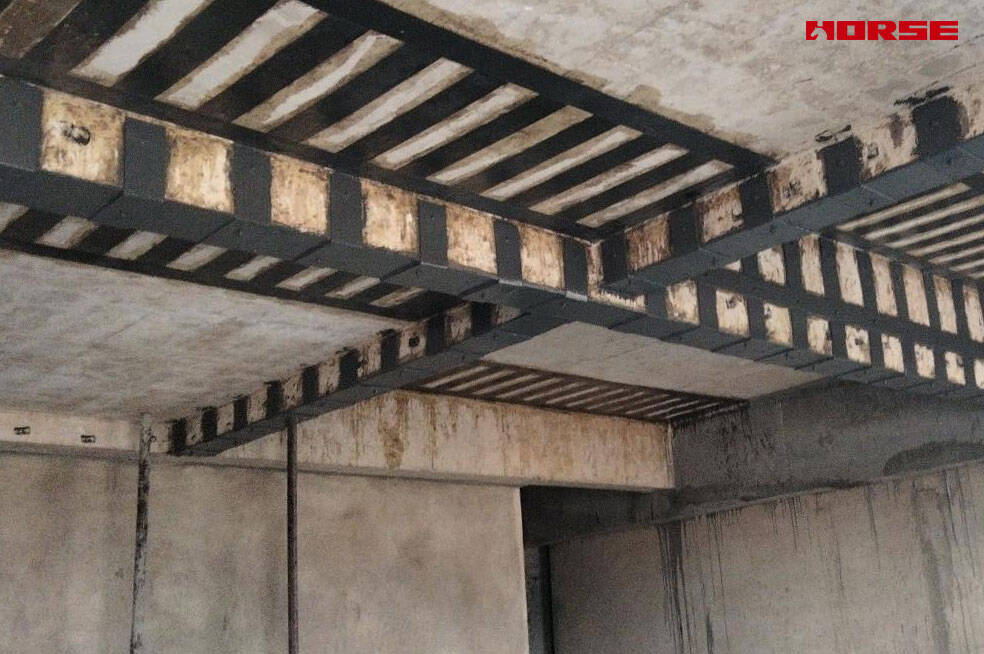
3. Cost-Effectiveness Conclusion: Choosing Carbon Fiber in These Scenarios is a Guaranteed Profit
Carbon fiber reinforcement isn't suitable for all scenarios. Considering both short-term investment and long-term benefits, the following scenarios offer the best cost-effectiveness.
Long-term buildings: Residential buildings, factories, office buildings, and other structures with a service life of more than 15 years offer significant advantages in long-term maintenance cost savings, with overall costs over 40% lower than traditional reinforcement over a 30-year period.
Time-sensitive buildings: Shopping malls, hospitals, schools, and production workshops. Short construction periods allow for rapid restoration, avoiding losses from production and business downtime, and offer a cost-effectiveness far exceeding traditional methods.
Buildings in harsh environments: Buildings in coastal areas, chemical plants, sewage treatment plants, and other corrosive environments. Carbon fiber's corrosion resistance reduces the need for frequent maintenance and extends the building's service life.
Two Scenarios to Carefully Choose
Short-term temporary buildings: For temporary factories and dormitories with a service life of 5 years or less and scheduled for demolition, short-term investments cannot be offset by long-term returns. Traditional methods such as cement mortar repair and simple rebar installation are more cost-effective.
Low-load, simple reinforcement: For buildings requiring only minor repairs (such as small cracks on walls) and with no significant increase in load, carbon fiber reinforcement is unnecessary; traditional methods such as plastering and grouting are more cost-effective.
When evaluating the cost-effectiveness of carbon fiber reinforcement, one must look beyond the initial quote and consider its 30-50 year lifespan. While initial material costs may be slightly higher, the low construction costs and short construction period, along with the long-term maintenance-free nature, high safety, and ability to mitigate hidden costs, make it particularly suitable for long-term construction projects with demanding deadlines and environmental requirements.
You can find anything here you are in need of, have a trust trying on these products, you will find the big difference after that.
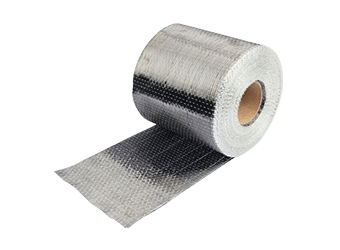
High strength, unidirectional carbon fiber wrap pre-saturated to form a carbon fiber reinforced polymer (CFRP) wrap used to strengthen structural concrete elements.
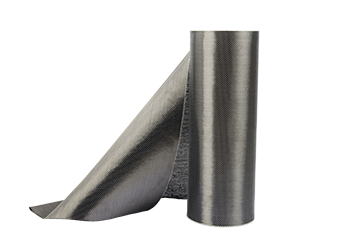
High strength, unidirectional carbon fiber fabric pre-saturated to form a carbon fiber reinforced polymer (CFRP) fabric used to strengthen structural concrete elements.
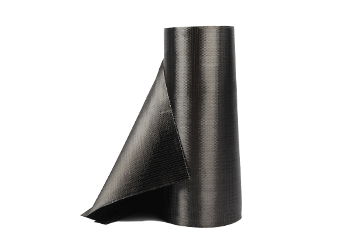
High strength, unidirectional carbon fiber sheet pre-saturated to form a carbon fiber reinforced polymer (CFRP) sheet used to strengthen structural concrete elements.